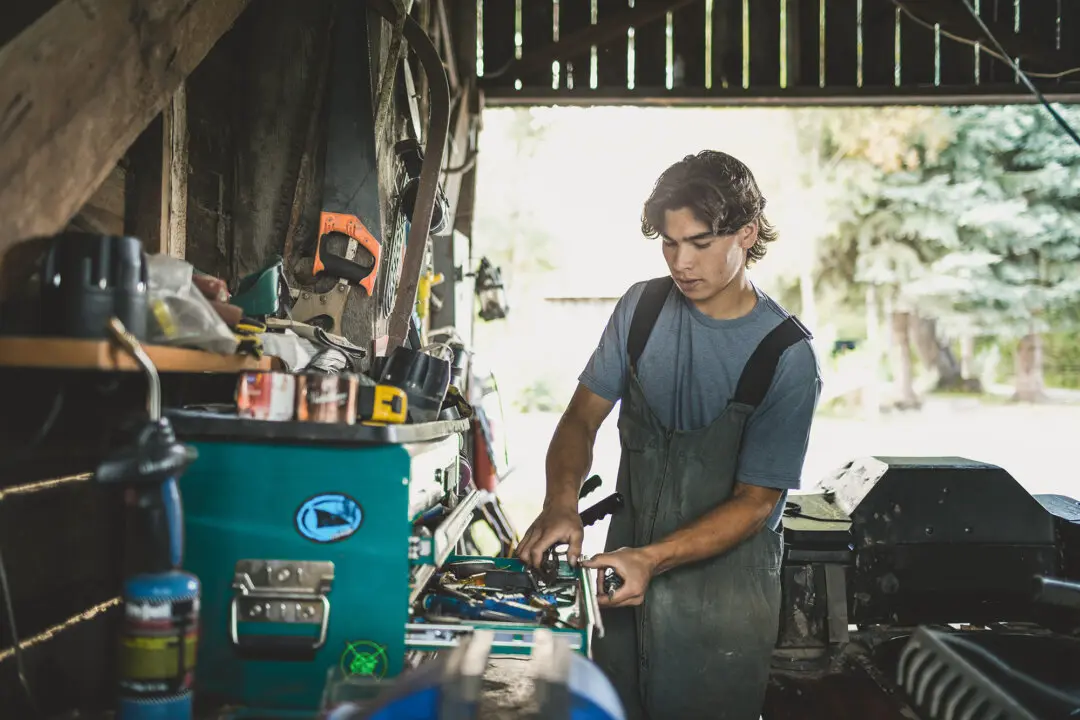Whether you’re hosting high tea, afternoon tea (low tea), or simply sipping a cup in front of the fireplace, ritual adds to the enjoyment.
Not So ‘High’ Tea
The words “high tea” conjure an image of a royal, fabulous fête with divine snacks set in the glamorous backdrop of Buckingham Palace. That couldn’t be more wrong. High tea was actually a working man’s reward at the end of a long day, delivered in the form of a hearty meal of meat, baked beans, potatoes, and the best tea the family could afford. The “high” actually refers to the high-backed chairs at the dining table.Conversely, the fancy afternoon tea (low tea), which we’ll get to in a minute, uses low chairs. Surprise your friends by using the term correctly, forgoing the fancy treats, and hosting a hearty kick-back-and-relax gathering with some exceptional tea.





